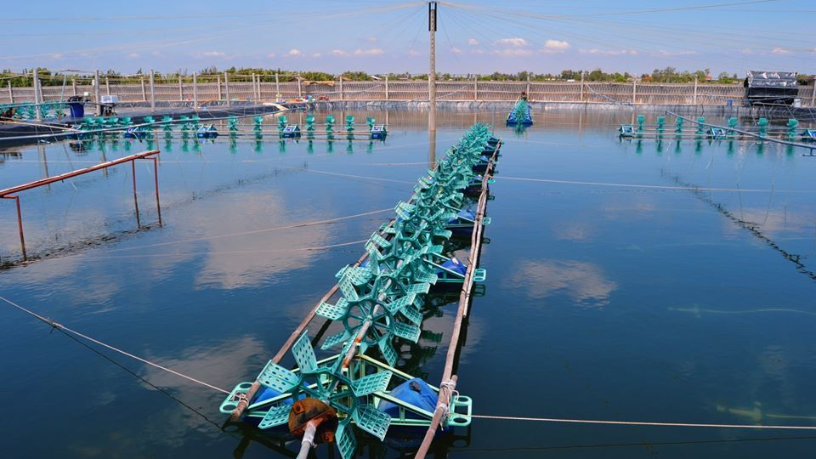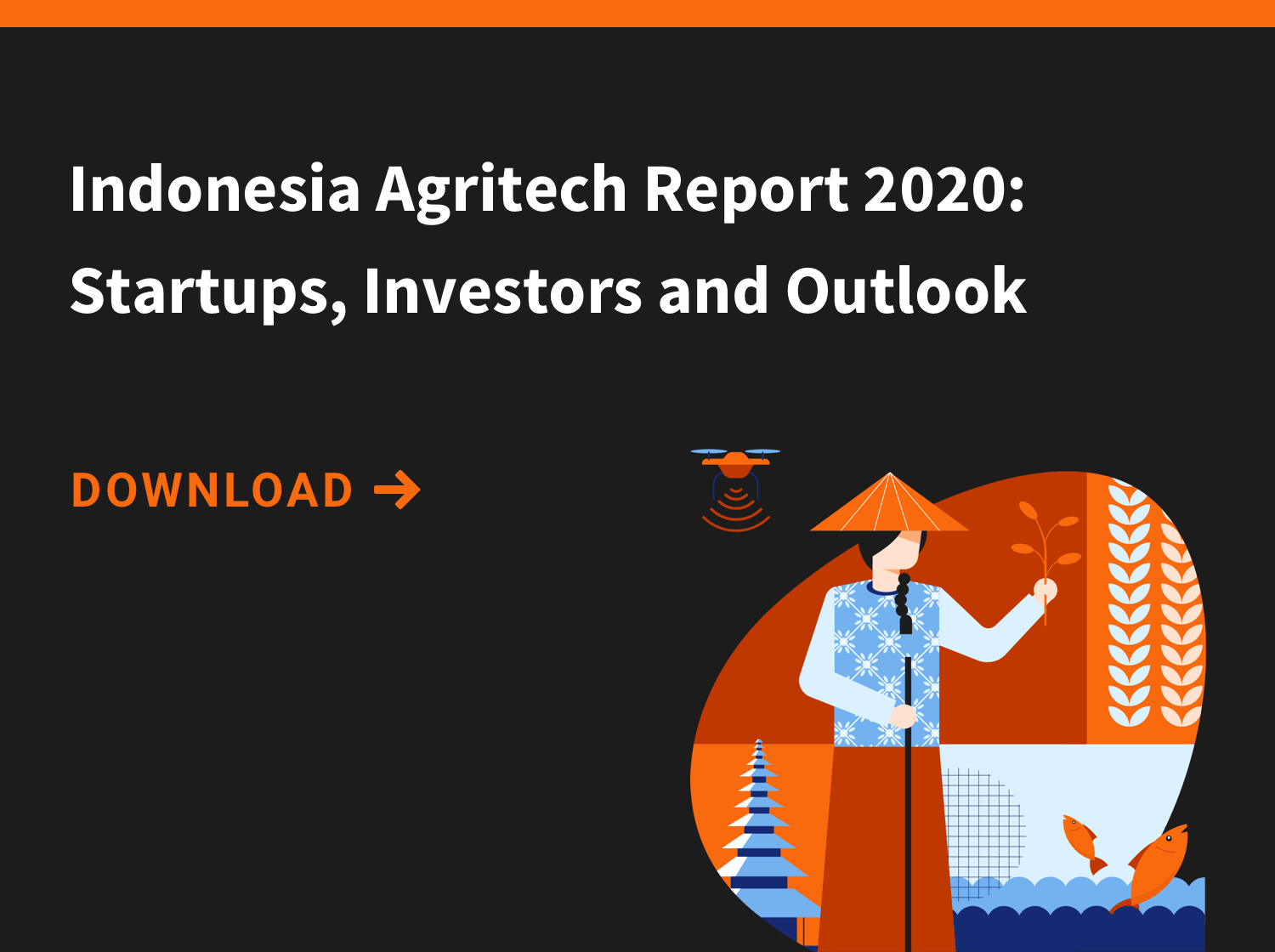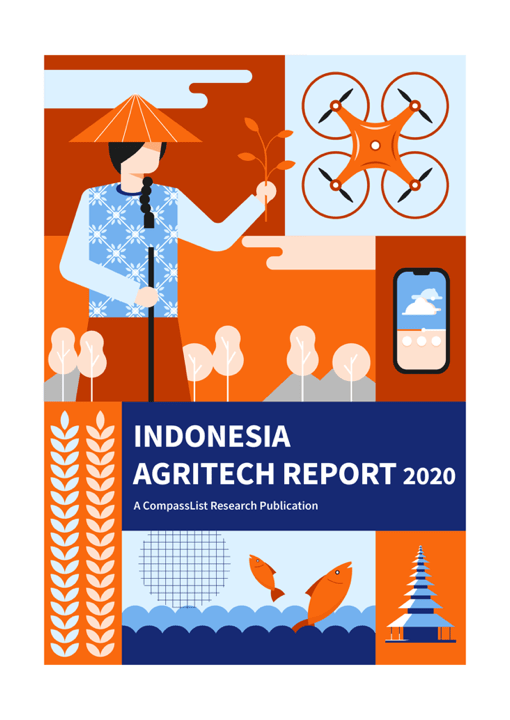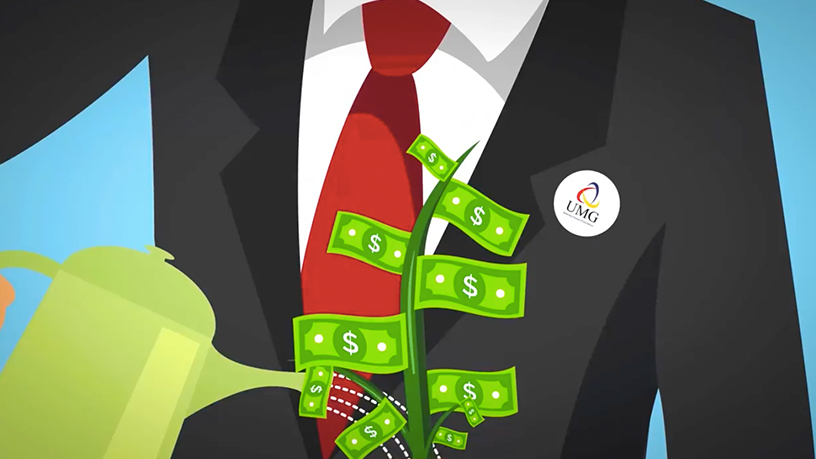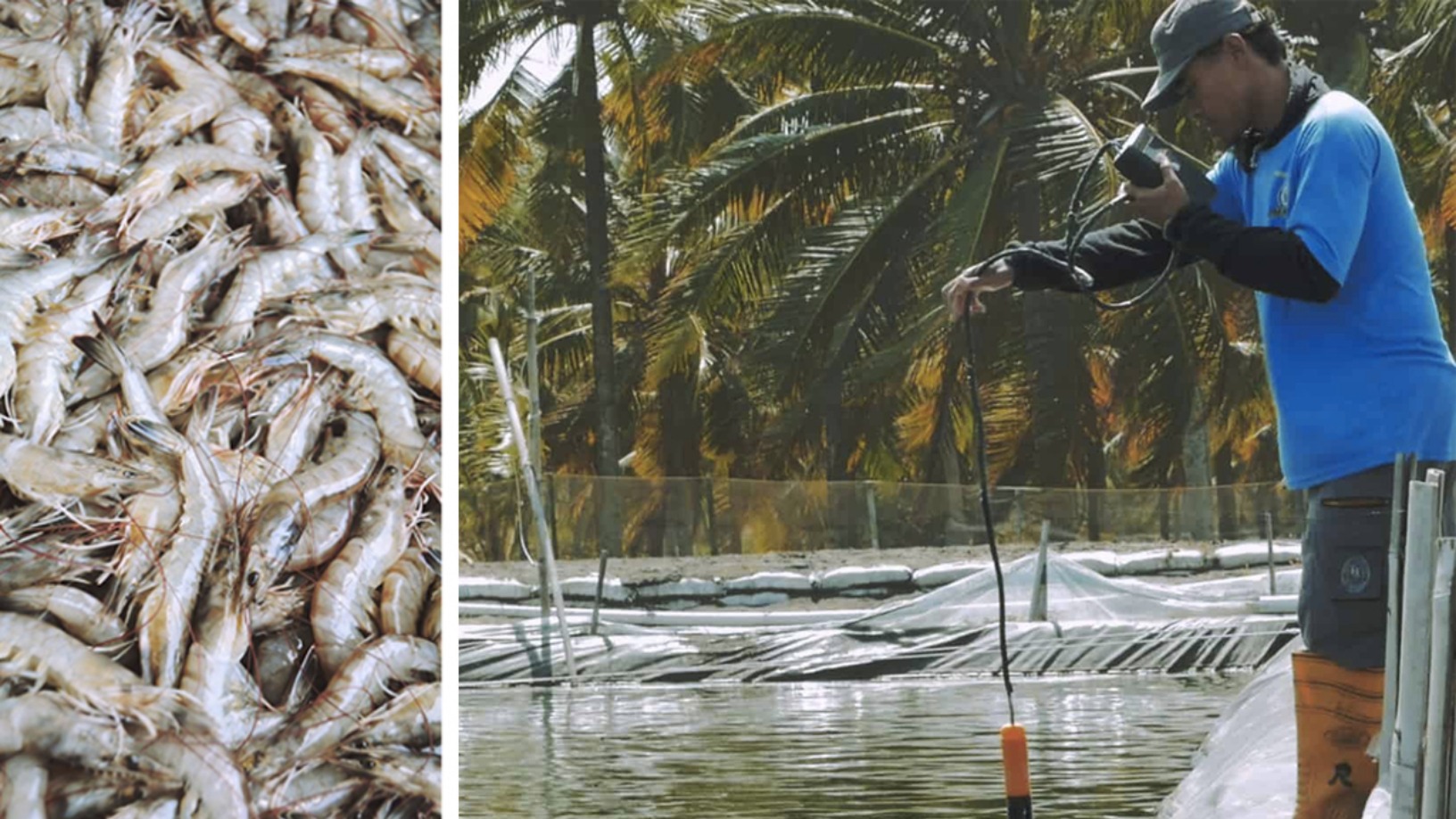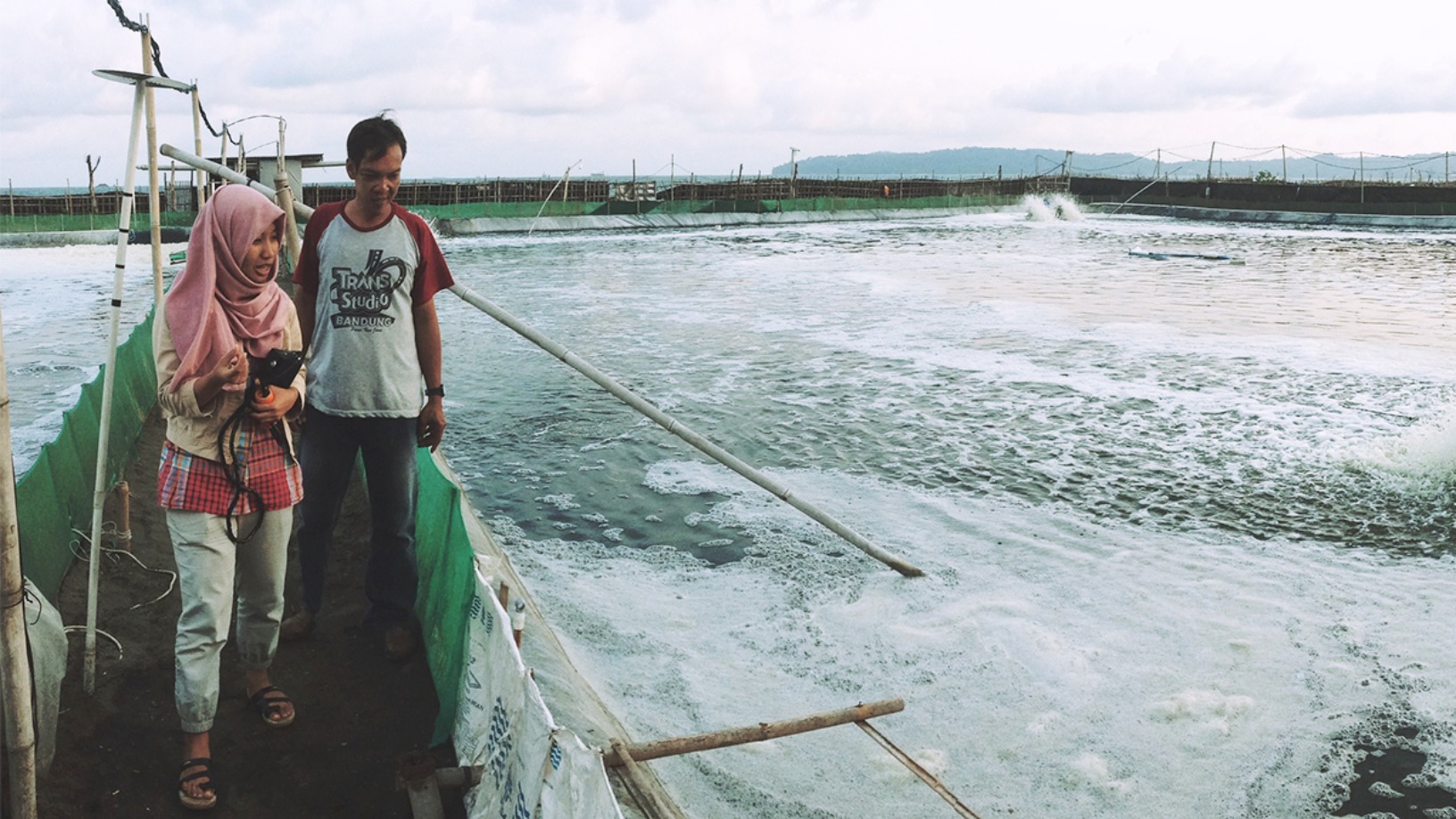Indonesia's aquaculture industry is on the brink of a tech-powered upgrade. Technologies such as water-quality sensors and automatic feeders that were previously exclusive to big fish and shrimp farm operators are becoming more accessible to smaller farms, thanks to the work of startups. JALA and eFishery are the best-known local makers of water sensors and auto-feeders, and their devices are already being used in hundreds of shrimp pools across Indonesia.
JALA was accepted by Hatch, a global accelerator program for sustainable aquaculture technologies, in April 2018 as part of the program's first cohort. CompassList spoke to Hatch's Managing Partner Georg Baunach late last year to learn more about Hatch's work with JALA, the potential of Indonesia's aquaculture startups, and the biggest challenges the industry is facing.
This interview has been edited for length and clarity.
For more in-depth research and insights about Indonesian agritech, the full Indonesia Agritech Report 2020 by CompassList is now available online to all readers.
What does the Hatch accelerator program entail? Are there specific problems given to startups in the program that they have to create solutions for?
We have a lot of mentors coming in – leaders in the aquaculture industry or experienced entrepreneurs. They come in two to three times per week and conduct sessions with the teams. The mentors give presentations but also provide individual feedback for each team. Hatch works very closely with them and gets regular updates.
We identify the areas that the startups need to work on and we also help the startups connect with industry players, investors, NGOs and research institutes that need aquaculture solutions.
In the case of JALA, there were many organizations interested in their solution for fish farmers and we made the introductions.
Have you received any applications from Indonesia since JALA?
Indonesia is quite a large aquaculture startup community, so we usually receive applications from Indonesia. I cannot share which companies applied, but I'm impressed by the Indonesian aquaculture ecosystem. If you compare it with other countries in Southeast Asia, you would not find such a high number of startups. There is also a good collaboration culture and some of the startups in Indonesia are very familiar with the problem. JALA had farmers in their team and they know what the issues are.
On a more negative side, though, Indonesian startups are very good with graphic design but sometimes it can be misleading to investors.
JALA is specifically targeting the problem of data measuring and recording in shrimp ponds. They produce hardware that measures water quality and then provide advice on how to improve that. Is it really an important business problem?
I think it is. Knowing what's going on in the pond is the first step to managing the pond properly. We've visited many countries and we recently published a study involving the top six shrimp-producing countries. The difference between good farms and bad ones is quite large. However, the real cause of that difference is often the surrounding factors, such as water quality. It's about managing a pond properly because water quality can be managed and controlled. It's something that starts with understanding the pond. Having that data coming in is crucial.
What JALA really does is make that data easier to understand and actionable for farmers. We've seen improvements in many performance metrics, such as feed conversion ratio and overall productivity.
I’m impressed by the Indonesian aquaculture ecosystem
Was there anything about the JALA team that stood out for you?
They were with us for three months and we met personally on a daily basis because we all worked in the same office for the duration of the program. What stood out for me was that the team was hardworking, humble and had a great willingness to learn throughout the program. A lot of things that our mentors discussed with them were put into action pretty quickly. I think that's generally a skill that entrepreneurs need to have. We were definitely impressed by their ability to do so.
After joining the accelerator, HATCH also participated in JALA's funding round. Was this part of the accelerator program?
All participants get initial funding from us when they join (the fundng is currently €100,000, €50,000 of which is in cash). More recently, we followed on in JALA's financing round. That's only for companies going through the accelerator that we really like and for whom we can see a good future.
JALA told us that hardware manufacturing is a pretty big challenge in Indonesia, especially regarding costs and low quality (perceived or real). Is hardware development a key aspect of this innovation and disruption in aquaculture?
I would think so. You can only do so much with off-the-shelf components. Going further, you'd need to develop your own hardware. We definitely need more hardware development in the global aquaculture industry.
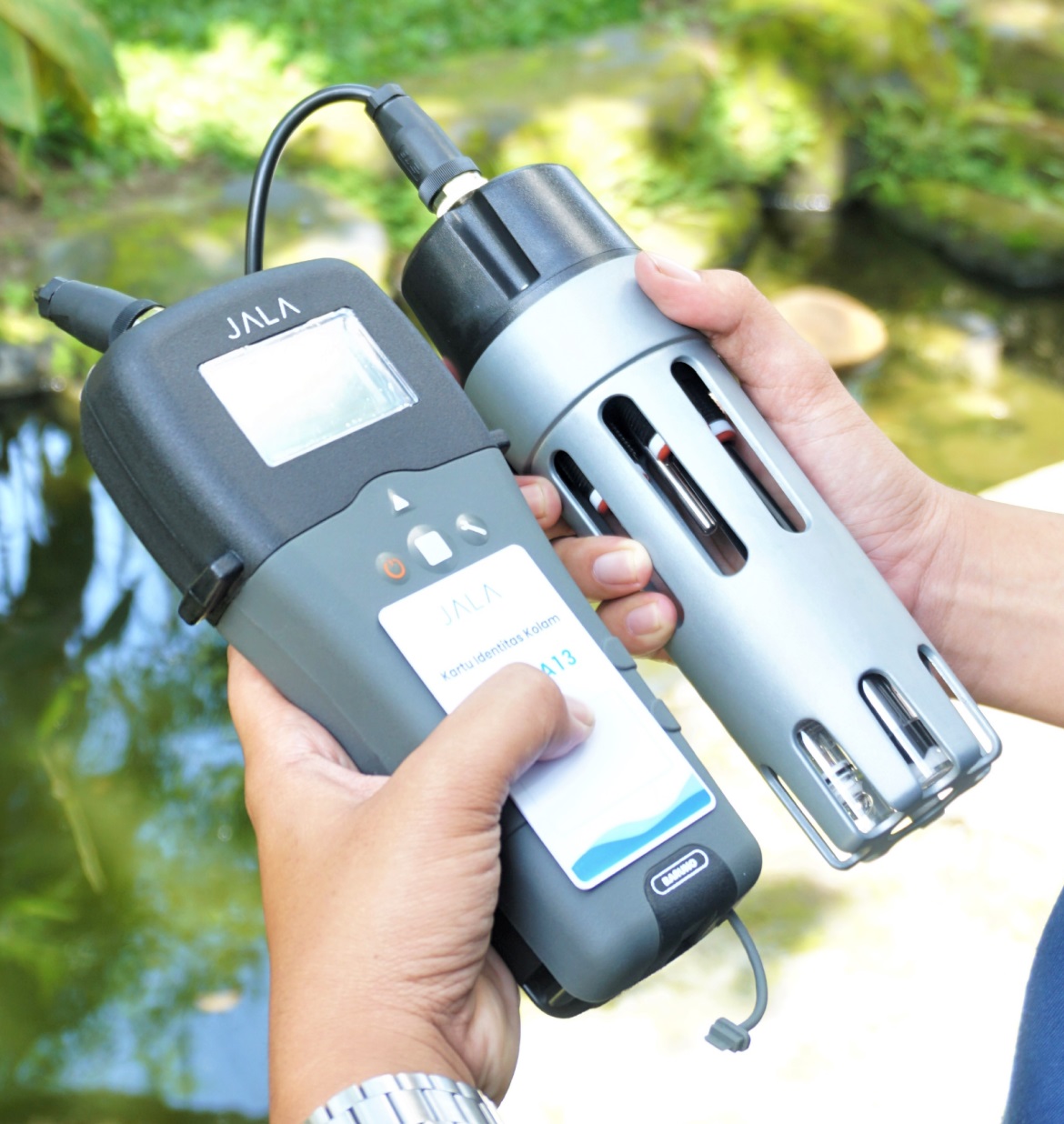
What can be done to create a more favorable environment for hardware startups in Indonesia?
You need access to expertise, to people who can help design hardware and understand how to scale-up the production. Of course, you need the infrastructure there: good quality suppliers at reasonable costs. That's why there are some parts of the world that are more suited for manufacturing, e.g., Shenzhen in China, where the ecosystem is fully in place. There are some funds and accelerators focusing specifically on hardware production, too, and they provide startup-specific solutions.
JALA is tackling the data problem. What other problems do you see in Indonesia's aquaculture and fishery sector that startups might want to try solving?
There are definitely many things that can be improved in aquaculture. It's not as efficient as chicken production, for example. There're a lot of potential improvements on the nutrition side, the genetic side, disease diagnostics and control, and also on the financing and loans side, where we think we will see more products developed for the aquaculture industry. These problems are not specific to Indonesia.
I think the number of aquaculture startups in Indonesia will go up. I don't think that these startups will be very IP-heavy. They will also be more on the farm level, helping farmers manage certain operations. There will be some competition, and some of them are not innovative enough in my opinion. Some of these startups may not be able to continue in this space.
The JALA team was hardworking, humble and had a great willingness to learn throughout the program
Are there are a lot of similarities between the aquaculture sectors in different countries?
There are, of course, some differences, but I don't think they are specific enough that you would say that one solution is only for Indonesia or any other country. If an entrepreneur develops a solution for aquaculture or farming in Indonesia, it is quite likely that you can take this to other markets. It's more about how to get these innovations to market.
On the investors' side, do you see a growing interest in aquaculture, globally and in Indonesia?
Absolutely. I think the big industry players and Silicon Valley startups are starting to look into aquaculture, with venture arms from corporates added into the mix. Investors with a broader focus are getting interested in aquaculture. There's no doubt about that.
For Indonesia, I see it's often a target for people with more impact focus, just because in Indonesia there's a larger population with problems like pollution to solve. It's an interesting country for impact investors. I'm not sure how it compares to other countries in terms of risks, however.
On the fishery side, Indonesia is an interesting country with a lot of islands and resources. The country has quite a progressive ministry trying to cut down on illegal fishing, which is making headlines all around the world. The aquaculture side is not standing out as much compared to the fishery sector, though.
That may not even be a negative thing; maybe it's just business as usual. Ultimately, what needs to happen for the industry to stand out is some bold initiatives by the government. For example, monitoring or releasing more information about the industry. It's not really happening here and in other countries, too.
We'd also need extraordinary growth to stand out. For example, tilapia in Brazil is going well right now and people are expecting a lot of growth. Vietnam is doing well in shrimp production. But you don't see any particularly strong growth numbers that would make the industry stand out.
This interview is part of a series of conversations with leading startups and investors in Indonesia's agriculture technology sector. For more in-depth research and insights about Indonesian agritech, the full Indonesia Agritech Report 2020 by CompassList is now available online to all readers.
